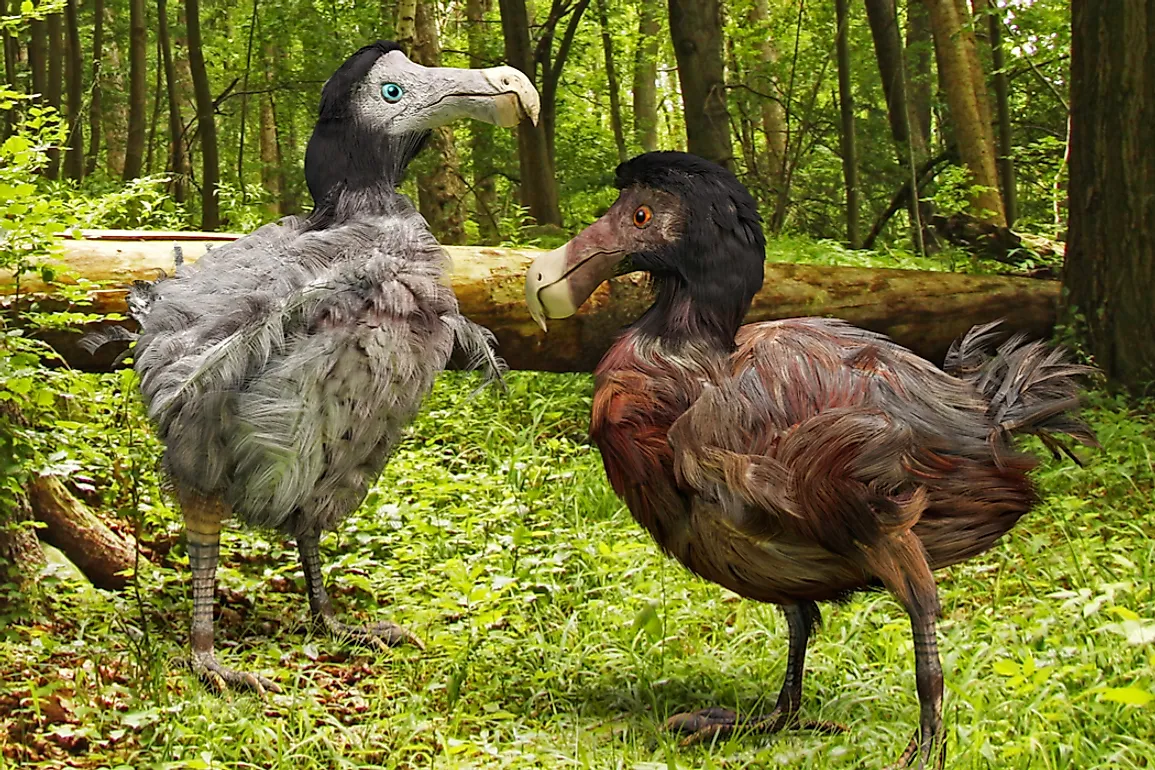Is the Little Dodo on the Brink of Extinction?

The little dodo is a tooth-billed pigeon that is native to Samoa. It possesses similarities to an extinct bird that was known as the dodo. As a result, it is typical for the little dodo and dodo to be referred to as cousins. The world’s last dodo died in the 1600s. It perished on the Island of Mauritius which was its native habitat. Other names for the little dodo are “Manumea” (used by the locals) and Didunculus strigirostris (used by researchers). Some scientists have christened the little dodo as the Dodlet. As beautiful as it sounds, the little dodo is on the brink of extinction. According to surveys carried out, there are only about 200 little dodos in existence. The little dodo is the national bird of Samoa. According to the locals of Samoa, the birds are the “princess” of the forest.
Physical Features
The little dodo is a strange and rare bird. In fact, even finding photos of it is quite a challenge since only a few quality photos exist. Nevertheless, there is some information about features of the bird. The little dodo is 12 inches in length. Its head and breast are blue-gray and the wings are rufous-colored.
Threats to the Little Dodo
There are several threats to the survival of these lovely birds. The first one is that the presence of predators such as rats and cats that seek to devour them. Secondly, over the years, they have been experiencing habitat loss due to human activities such as deforestation. Thirdly, humans illegally hunt the little dodos. In spite of the government of Samoa banning the hunting of the little dodos in 1993, the people have widely flouted the ban. In Samoa, the little dodo’s meat is nine times the value of chicken. Due to these reasons, the numbers of the little dodos have plummetted from 7,000 in the 1980s to a few hundred that exist today.
Salvaging the Little Dodo
There are no little dodos in captivity; the existing ones live only in the wild. As a result, there are challenges regarding their conservation. First, since they are very rare, it is not easy to identify them. Secondly, even if the scientists captured one of the birds, no one knows how to care for them. Therefore, the best conservation method available is to encourage the Samoa natives to conserve the forests. Doing so will ensure the birds have an excellent habitat. Consequently, they will reproduce and multiply their numbers. Researchers also need to study the birds so that they understand their biology including their behavior, feeding habits, reproduction, and physical features. Such a study will enable the scientists to devise ways of conserving the little dodo.
Currently, the IUCN Red List has categorized the little dodos as endangered. However, this may change soon if the downward trend of low numbers continues. The little dodos may move from the “Endangered” Category to the "Critically Endangered" or worse still the “Extinct” category. Thus, there is a call to preserve the little dodos and avoid their extinction.











